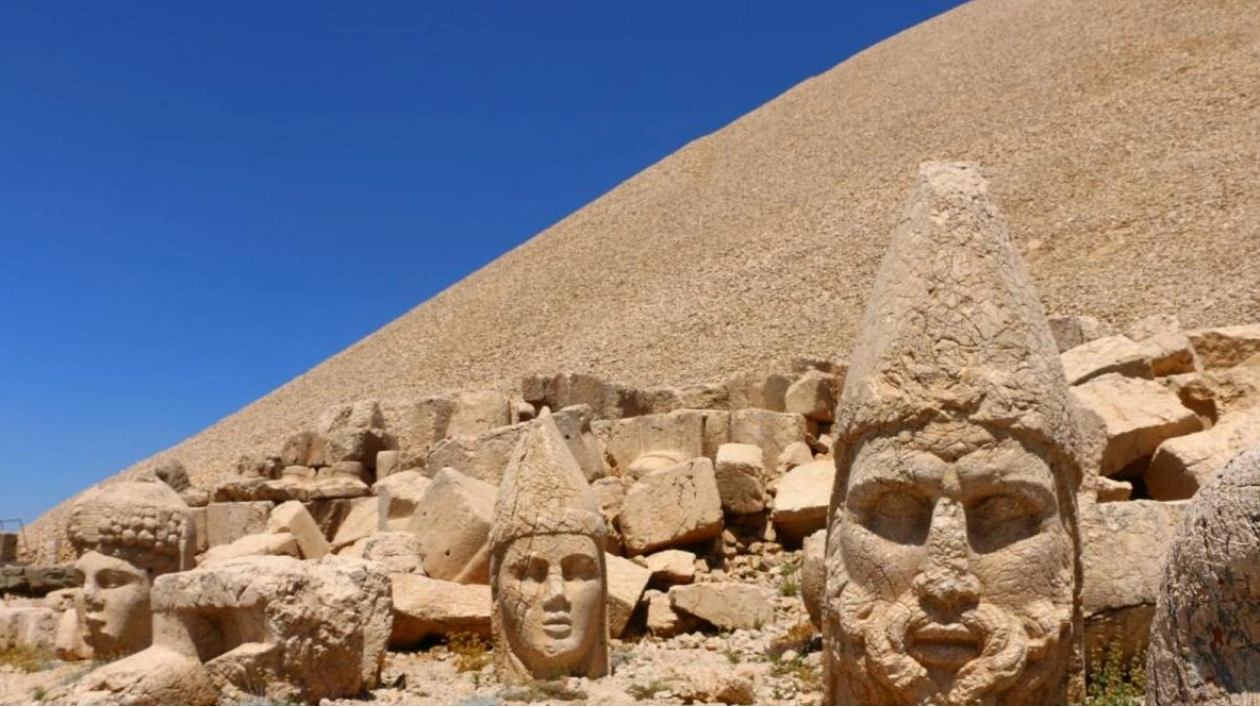Istanbul recently topped the list of the world's most visited cities, welcoming 20.2 million visitors in 2023. While Istanbul is undeniably remarkable, Turkey offers far more than just this iconic city straddling the Bosporus. Moreover, once a destination gains such popularity, it risks succumbing to its own success—overwhelmed by congestion and throngs of tourists. Istanbul, already one of the world's top 20 most populous cities, sees its population swell even further with seasonal visitors. The city is bursting at the seams. To escape the bustling crowds weaving through the narrow streets near the Blue Mosque (Sultan Ahmed Mosque), one can venture east. During our latest trip to Turkey, we journeyed as far as Urfa, approximately 950km southeast of Istanbul.
In a nod to his hometown, singer-songwriter Gerard Kennedy once quipped that New York was so good they named it twice. If multiple names signify significance, then Urfa is truly exceptional. With a history of names including Ur, Ruha, Edessa, and the whimsical Justinopolis—which sounds like a Justin Bieber-themed amusement park—Urfa has been dubbed many things. In 1984, it was appended with the term 'sanli,' meaning glorious, akin to receiving a knighthood for its contributions to the republic. Today, it is officially known as Sanliurfa (Glorious Urfa), though most locals simply call it Urfa. Reflecting its rich history and the diverse civilizations that have called it home, Urfa boasts a varied architectural landscape that is enchanting rather than chaotic. Seljuk-era mosques and madrasas coexist harmoniously with old Byzantine churches, while Roman, Ottoman, and Mamluk structures punctuate the cityscape.
At the heart of Urfa lies Balikligol, the Fish Lake. Overlooked by the imposing Urfa Castle and surrounded by beautiful rose gardens, mausoleums, and mosques, the lake is home to thousands of carp. These fish are remarkably friendly, often nibbling food from visitors' fingers. For a mere lira, you can purchase a small tin of fish food to indulge them. Urfa's traditional sites are complemented by modern tourist attractions, such as an architecturally stunning museum and a sprawling shopping mall featuring global fast-food brands and a multiscreen cinema.
Ironically, Urfa's newest attraction, Gobekli Tepe (Potbelly Hill), is 7,000 years older than the Great Pyramid of Giza. This ancient site, the oldest known place of worship, made the cover of National Geographic in 2011 with the headline 'The Birth of Religion.' Despite ongoing excavations (90 percent remains undiscovered), the standing stones are open to the public. These Neolithic structures, akin to Stonehenge but adorned with carvings, feature artfully etched animals—snakes, foxes, and lions. Walking among these stones, one can't help but wonder: Who built this? Why? What were they thinking? Gobekli Tepe, shrouded in mystery, raises more questions than it answers, but these are crucial questions that may illuminate the origins of civilization.
In the vicinity of Urfa, Mount Nemrut Colossi offers another awe-inspiring experience. Hidden in the Taurus Mountains overlooking the Euphrates River, six stone heads—believed to represent King Antiochus the First and various deities—gaze across the horizon. Designated a UNESCO World Heritage site, Mount Nemrut is thought to be the king's burial site, dating back around 2,000 years. Reaching these fallen colossi is no easy feat, with undulating mountain roads and a 20-minute uphill walk. Yet, the effort is rewarded with breathtaking views and the rare privilege of solitude, as we discovered during our August visit.
About a seven-hour drive west of Urfa, en route back to Istanbul, lies the beautiful city of Konya. Another of Turkey's great cities, Konya was once the capital of the mighty Seljuk Empire and the home of Jalaladin Rumi, the scholar, poet, and founder of the Mevlevi dervish order. Each Thursday evening, the dervishes perform their mesmerizing sema (spiritual exercise) at a museum-mausoleum dedicated to Rumi. Konya is also home to architectural gems like the Alaeddin Mosque and the Karatay Madrasa, featuring intricate geometric patterns in stone, wood, and tiles.
The Seljuks, unlike many other Muslim dynasties, incorporated living creatures into their art, most notably the double-headed eagle, which remains Konya's emblem. On the outskirts of Konya, the leopard takes center stage at Catalhoyuk, a Neolithic site famous for its leopard-themed art. This 9,000-year-old community, once home to around 7,000 people, is a contender for the title of the world's first city. Walking through Catalhoyuk, one can't help but ponder the lives of its ancient inhabitants and their dreams.
Holidays can be both indulgent and thought-provoking. We were glad we ventured east of Istanbul on this trip, as it proved to be a journey of discovery and reflection.






